Christopher Williams. Open Letter to Model No. 1740
installation view CHRISTOPHER WILLIAMS, Open Letter to Model No. 1740, April 29 – June 4, 2016, © the artist, photo: EPW Studio/MARIS HUTCHINSON
–
Panel storage cart from the exhibition The Production Line of Happiness, Art Institute of Chicago, Chicago, January 24 — May 18, 2014, Steel, carpet, rubber, plywood, and paint, 198.8 x 215.7 x 40.8 cm, Designed by Skidmore, Owings & Merrill LLP (SOM), Chicago, 1982, Pedestal for panel storage cart from the exhibition The Production Line of Happiness, Art Institute of Chicago, Chicago, January 24 — May 18, 2014, Wood, screws, paint, 75.5 x 248.5 x 6 cm, Designed by Williams Studio, Demountable wall panel from the exhibition The Production Line of Happiness, Art Institute of Chicago, Chicago, January 24 — May 18, 2014 Oak, plywood, metal, cardboard, fabric, rubber, vinyl, and adhesive, 182.7 x 259.7 x 11.3 cm, Designed by Skidmore, Owings & Merrill LLP (SOM), Chicago, 1982, Pedestal for demountable wall panel from the exhibition The Production Line of Happiness, Art Institute of Chicago, Chicago, January 24 — May 18, 2014, wood, screws, paint, 115 x 259 x 6 cm
designed by Williams Studio © the artist, photo: EPW Studio/MARIS HUTCHINSON
–
installation view CHRISTOPHER WILLIAMS, Open Letter to Model No. 1740, April 29 – June 4, 2016, © the artist, photo: EPW Studio/MARIS HUTCHINSON
–
Supplement ’16 (Mixed Typologies / Male Model) #13″, 2016
full color offset prints and adhesive tape on paper, 44 collages, 43 frames: 158,8 x 228,6 cm (62,5 x 90 inches), 1 frame: 31,4 x 22,2 cm (12,4 x 8,7 inches)
© the artist, photo: EPW Studio/MARIS HUTCHINSON
–
installation view CHRISTOPHER WILLIAMS, Open Letter to Model No. 1740, April 29 – June 4, 2016, © the artist, photo: EPW Studio/MARIS HUTCHINSON
–
installation view CHRISTOPHER WILLIAMS, Open Letter to Model No. 1740, April 29 – June 4, 2016, © the artist, photo: EPW Studio/MARIS HUTCHINSON
–
Wall from the exhibition ‘Mathias Poledna/Christopher Williams’, 7 February – 26 April 2009, Bonner Kunstverein, Bonn, Exhibited in ‘The Production Line of Happiness’, 29 April – 21 June, 2015, Whitechapel Gallery, London, Mobile wall system designed and constructed by Bonner Kunstverein, Bonn, plywood, metal, wood, and ink on PVC-free wallpaper, 350 × 350 × 57 cm, Courtesy Bonner Kunstverein, Bonn, Wallpaper printed and installed by Omni Colour, London, Studio Rhein Verlag, Düsseldorf, August 20, 2016 (Recto), 2016
Inkjet print, Paper: 85,7 x 68,6 cm, framed: 120,8 x 102,2 cm
© CHRISTOPHER WILLIAMS, Courtesy Capitain Petzel, Berlin & Galerie Gisela Capitain, Cologne
–
installation view CHRISTOPHER WILLIAMS, Open Letter to Model No. 1740, April 29 – June 4, 2016, © the artist, photo: EPW Studio/MARIS HUTCHINSON
–
Model-Nr.: 1740
Rotznasen – Kinder Model Agentur, Liesegangstr. 7A, 40211 Düsseldorf, Studio Rhein Verlag, Düsseldorf, January 28, 2016, 2016
inkjet print, paper: 50,8 x 50,8 cm (20 x 20 in.), framed: 85,7 x 84,5 cm (33,7 x 33,3 in.), © CHRISTOPHER WILLIAMS, Courtesy Capitain Petzel, Berlin & Galerie Gisela Capitain, Cologne
–
installation view CHRISTOPHER WILLIAMS, Open Letter to Model No. 1740, April 29 – June 4, 2016, © the artist, photo: EPW Studio/MARIS HUTCHINSON
–
Untitled (Beauty, happiness at ground level. A carpet of pure new wool embellishes everything that it touches. If you have never seen your furniture on a beautiful carpet, then you have never seen it. If you have never walked barefoot, in your house, on the softness of wool, then you are ignoring a great pleasure. Because a good carpet, of true, vibrant, natural wool, makes life more beautiful. Strict laboratory tests have verified all the qualities of the velvet, 100% pure new wool carpets that merit the Woolmark label: purity, strength, comfort, sound- and thermal-insulation, resistance of colors, non-inflammability, easy maintenance, permanent moth-proof treatment. Choosing a carpet is a serious matter. A matter of happiness. So, always check the Woolmark label. You will be certain to have a carpet of 100% pure new wool. You will be certain that you are making the best business. In pure new wool, it‘s a real carpet. Ask for Woolmark.) , Studio Rhein Verlag, Düsseldorf, February 29, 2016, 2016
inkjet print, paper: 61 x 50,8 cm (24 x 20 in.), framed: 97,3 x 85,1 cm (38,3 x 33,5 in.), © CHRISTOPHER WILLIAMS, Courtesy Capitain Petzel, Berlin & Galerie Gisela Capitain, Cologne
–
installation view CHRISTOPHER WILLIAMS, Open Letter to Model No. 1740, April 29 – June 4, 2016, © the artist, photo: EPW Studio/MARIS HUTCHINSON
all images: © CHRISTOPHER WILLIAMS
Courtesy Capitain Petzel, Berlin & Galerie Gisela Capitain, Cologne
–
Describing the complex work of CHRISTOPHER WILLIAMS in the condensed format of a blog post is slightly whimsical. His sprawling body of work, which ranged from books to installations to photographs, is at once fragmentary and cohesive, united by an abiding obsession for specificity and description.
In an extended interview WILLIAMS gave to DIS Magazine, he explained his process, his relationship to space and photography as well as his references. Here are two excerpts:
I am trying to articulate systems, but I am also trying to slow them down. For example, I move into a system of production to separate the key elements—to push them apart—so I can understand their relationship to each other and how they function. That process gives me the insight to reassemble the elements to become useful in a new way for a different audience or for my own agenda, but also so that they reflect on their normal usage or function.
(…)
My position in relationship to production is conventional but decentered. Imagine holding your finger over a text on your iPhone so that the cursor becomes a magnifier enlarging the area under your finger. This is a good image for the way that I move through types of production. At any one point I may choose to amplify just one element, or two elements, but within the show things accumulate into networks of focus within something that at first appears to be just a conventional display of pictures.
Additionally I highly recommend to read the press release for his current exhibition entitled Open Letter to Model No. 1740 that is presented at Capitain Petzel in Berlin:
Dear Model No. 1740,
How is it that we turn to the studio now? A time to carry out an inventory, an assessment of the tools, the materials, the conditions and the contexts of our activity? Construct a place for images we do not yet know how to produce? Images in motion, between archetypes (the family, the couple, the child) that need refunctioning, and unrealizable prototypes? What’s wrong with re-distribution?
As if I told you
The adoption of the open letter? This letter, addressed to one but distributed to a wider audience, this letter, made up of all that exists between the ceiling and the floor, between the window and the wall.1
As if I told you
Not an exhibition of photographs, rather the occupation of redundant models, moving like a solvent between layers, separating the elements, a programmed freedom.
As if I told you
To focus is to assert a preference for one surface over another. For every fragment of the world, a fragment of the camera. A model is a representation of a system.
As if I told you
She is German. She is white. She is a professional within the field of image production. She is an instrument, a medium, a figure in an equation. She is paid to produce the signs of innocence and happiness. She is a worker in a network of economies beyond her comprehension. She is an air hostess for Lufthansa. She is the Playmate of the Year. She is a worker in the domestic industry. She is the producer of family well-being. She is the provider of a good atmosphere. She creates the conditions of emotional richness. She decorates the house, prepares the meals, she produces new producers. She is a worker in the service of the smile. She is
a model. She hits her marks on cue. She is four years old. Her future will unfold within a rich warm palette of Eastern desert browns, ochres, and yellows, with textures and accents provided by the dark greys and blacks of Brussels and Paris.
As if I told you
A standard image, a normative image, a conventional image, a redundant image.
As if I told you
The staging of images from everyday life, walls, cameras, children, living-room carpets, tires, and bookstore windows, all reduced to a schematic diagram.2
As if I told you
To focus is to assert a preference for one surface over another. For every fragment of the world, a fragment of the camera. A model is a representation of a system.
As if I told you
Beauty and happiness at ground level. If you have never walked barefoot in this house, in this house where detail is understood, in this house where violence is allowed, in this house where emotion is forbidden, in this house where everything is for sale, in this house where perception of the whole would hinder our productivity, in this beautiful network of communication that enables thought to have a social body, to break the solitude.
Is this so private, our struggle to communicate? Is this really the way it is? Or a contract in our mutual interest? I am in paradise, paradise is unbearable.
Capitain Petzel is pleased to announce the Spring line… 3
- Open Letter: 1/ seven photographs, 2/ four walls, 3/ two posters, 4/ two collages, 5/ one publication, 6/ archival materials
- 2 The history of photography as art in the in 20th century is the history of the illustrated press or the photo book, and no one stands as a clearer example of this than Walker Evans, who embraced the roles of photographer, editor, graphic designer, typographer, and copy writer. In his books, but especially his magazine work, no one element took dominance over the others. In fact, he used each element as a device to open up rather than reduce the possibilities of the entire network. Evans possessed an acute sense of context and many times used his position within a publication to criticize the ideology of its support structure. Making the jump to the context of exhibition and gallery display, it’s of course easy to think of the photographic practitioner extending their role to that of the curator, exhibition designer, etc. Two things should be noted: Evans was criticized for the physical distance between his photographs and his texts, and it is well known that he locked himself in the Museum of Modern Art to arrange his own pictures, sometimes wheat pasting them to the walls so that they could not be moved.
- 3 Program: Views according to which this device and the various theories framing it will function for the artistic production the same way as the artistic production itself functions as advertising for the order under which it is produced. There will be no other space than this view according to which… etc. Cartridge replacement, release, release, release, release, release, release, release, release, release, reread this program again and again, become its author, correct it and repeat it, distribute it, and when we are all its authors, the old world will crumble and make way for… release, release, 69, 70, 71, 72 …
Open Letter to Model No. 1740 by CHRISTOPHER WILLIAMS is on view at Capitain Petzel, Berlin until June 4, 2016
–

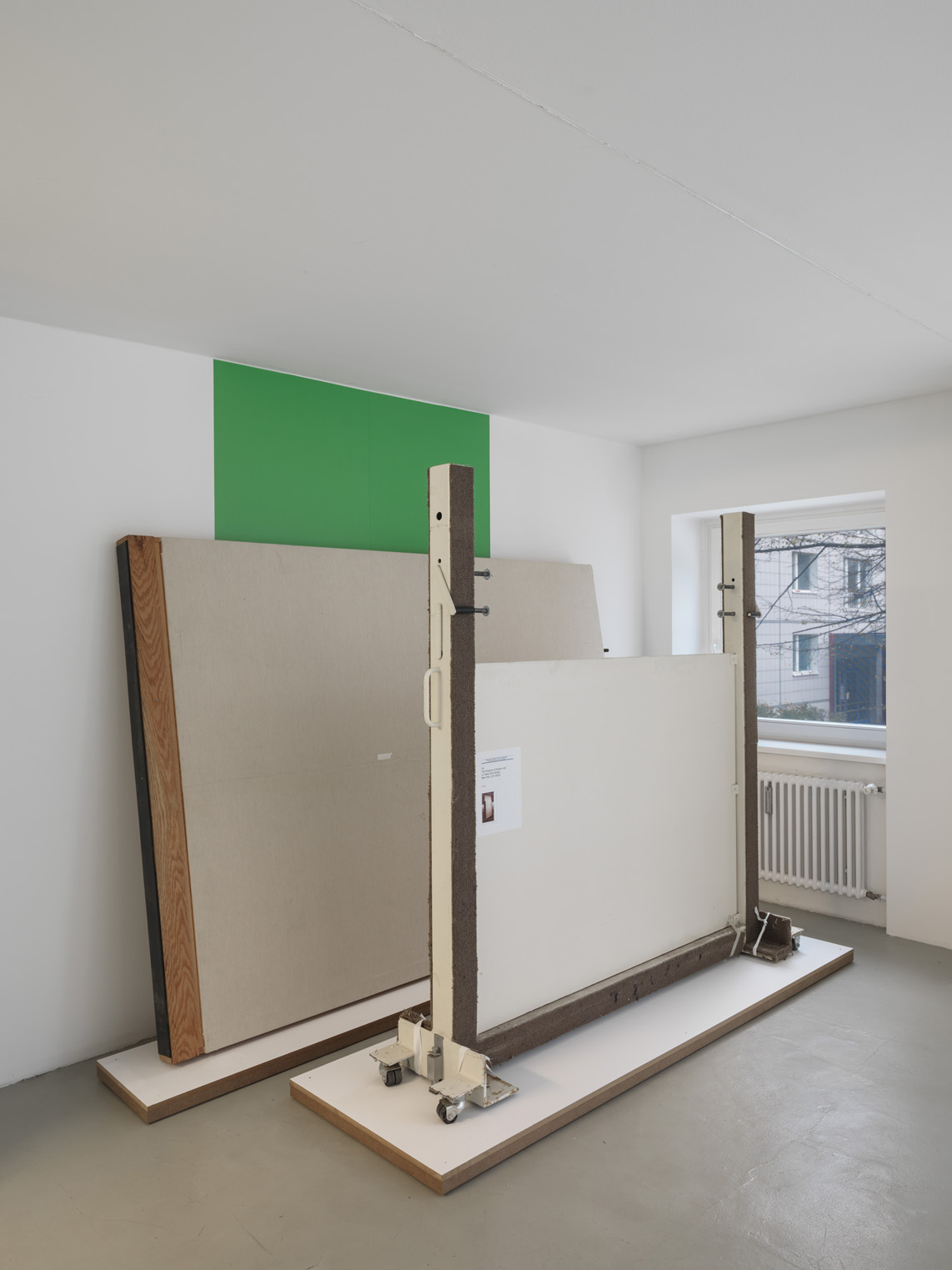
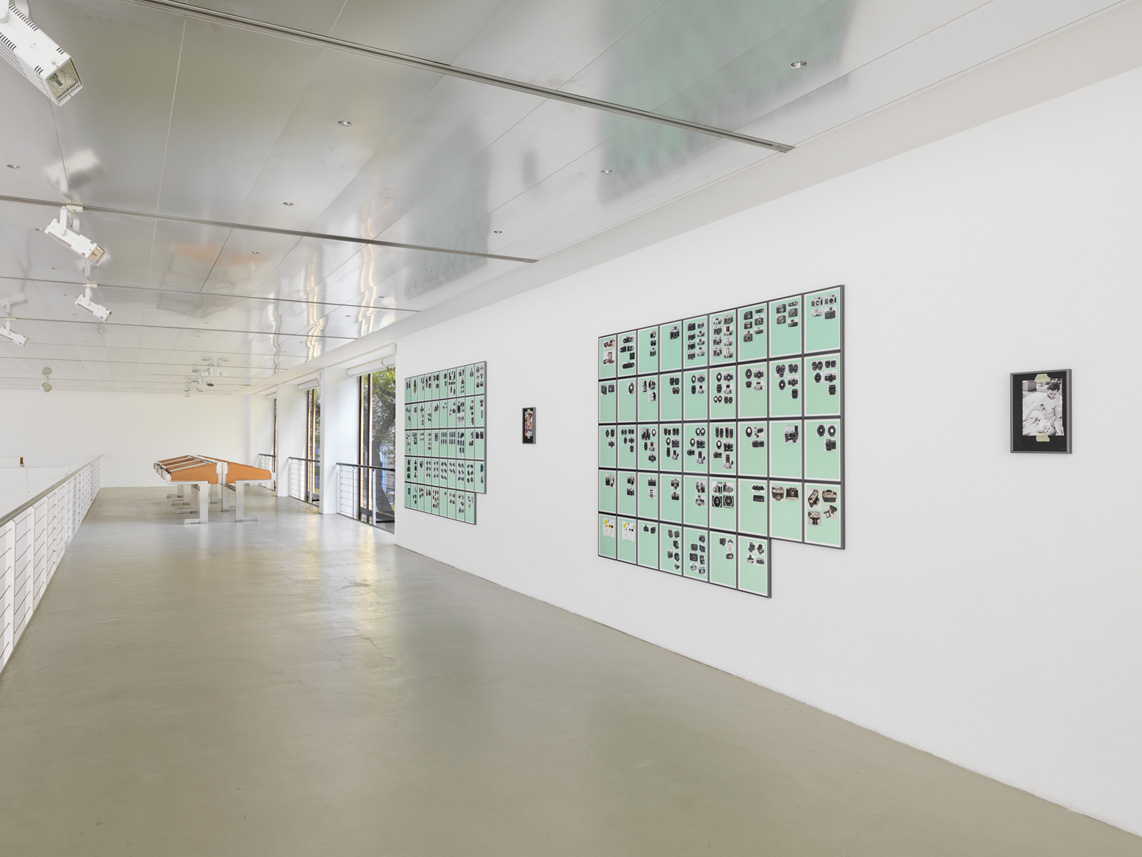
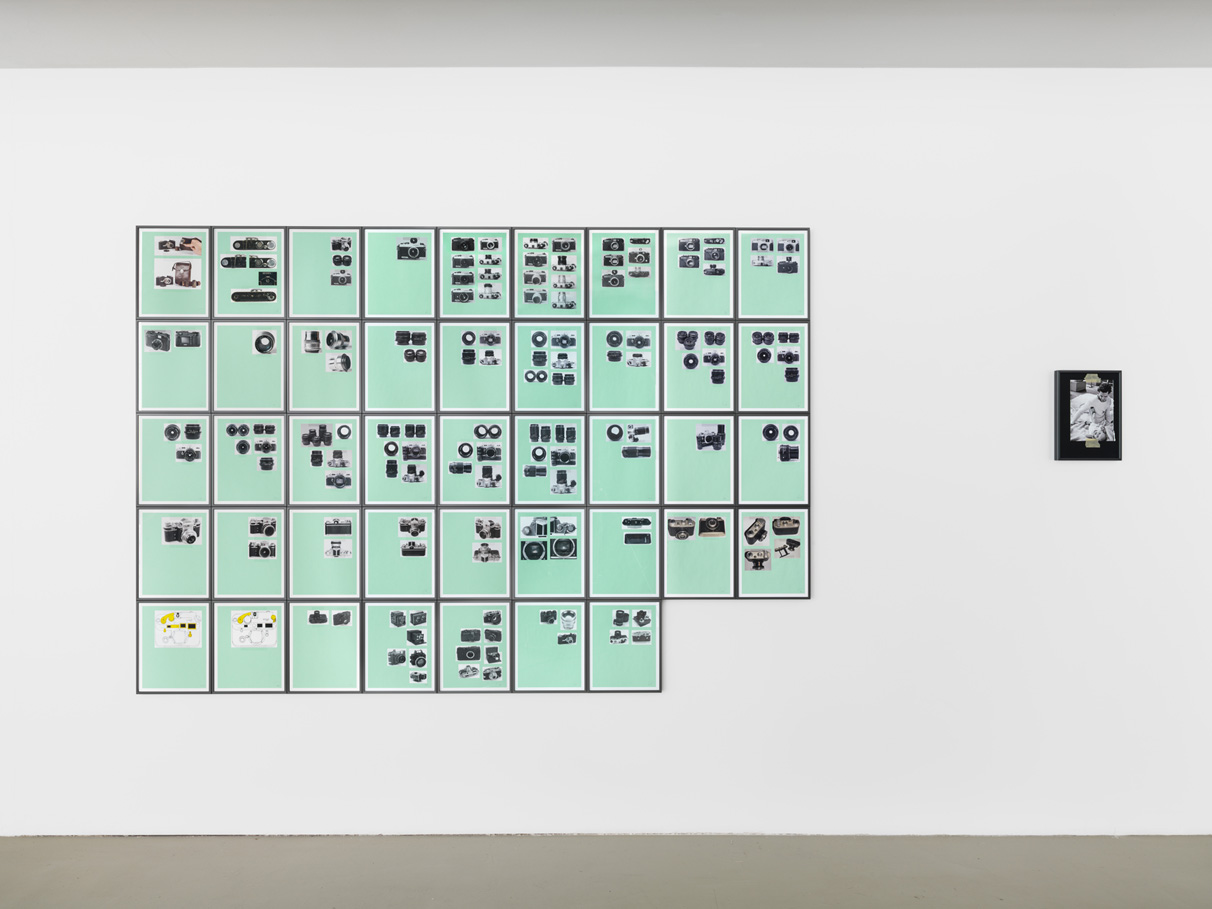
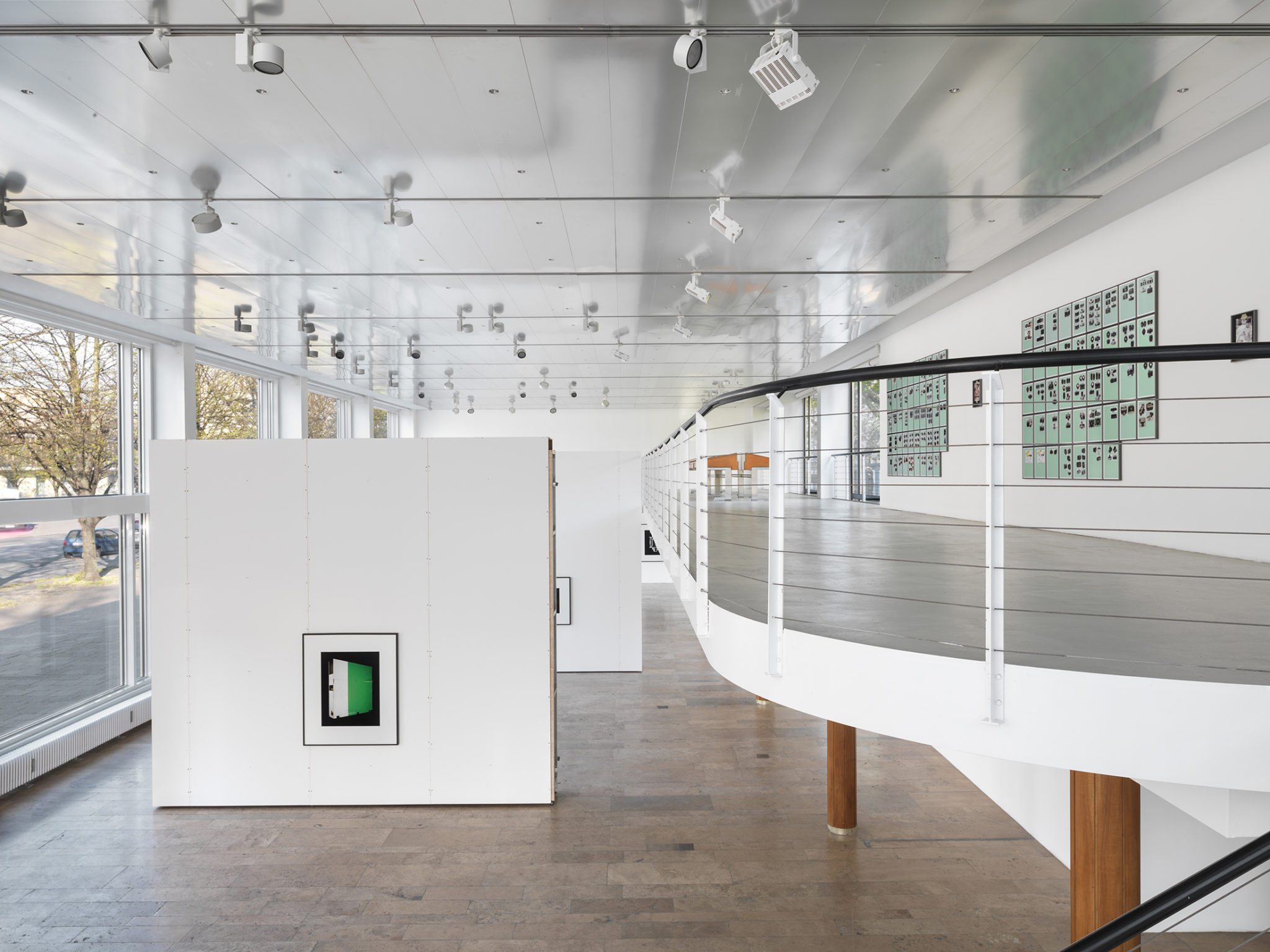
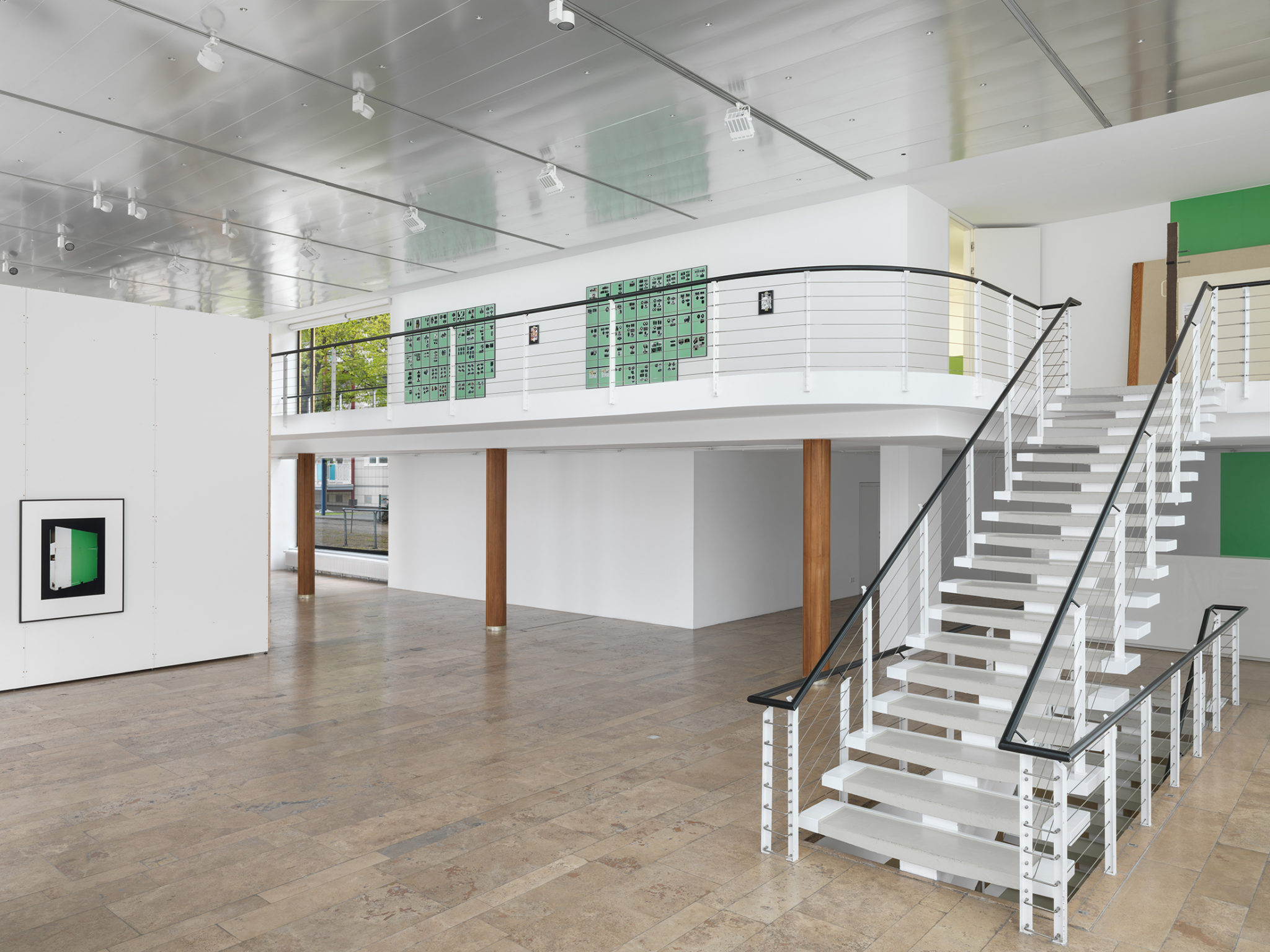
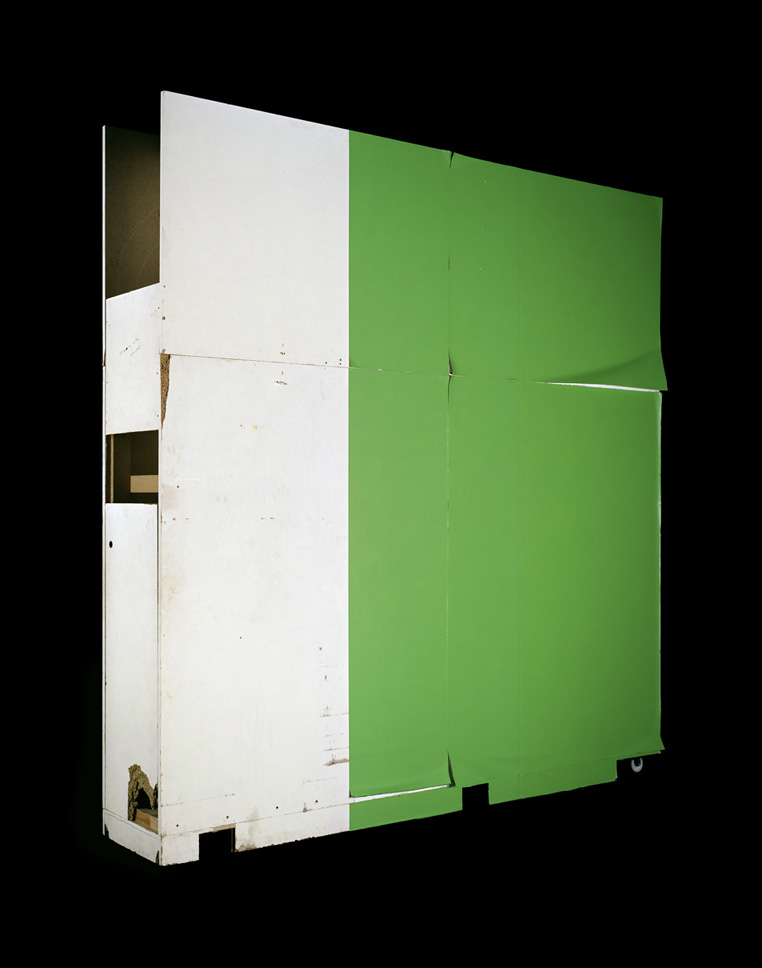

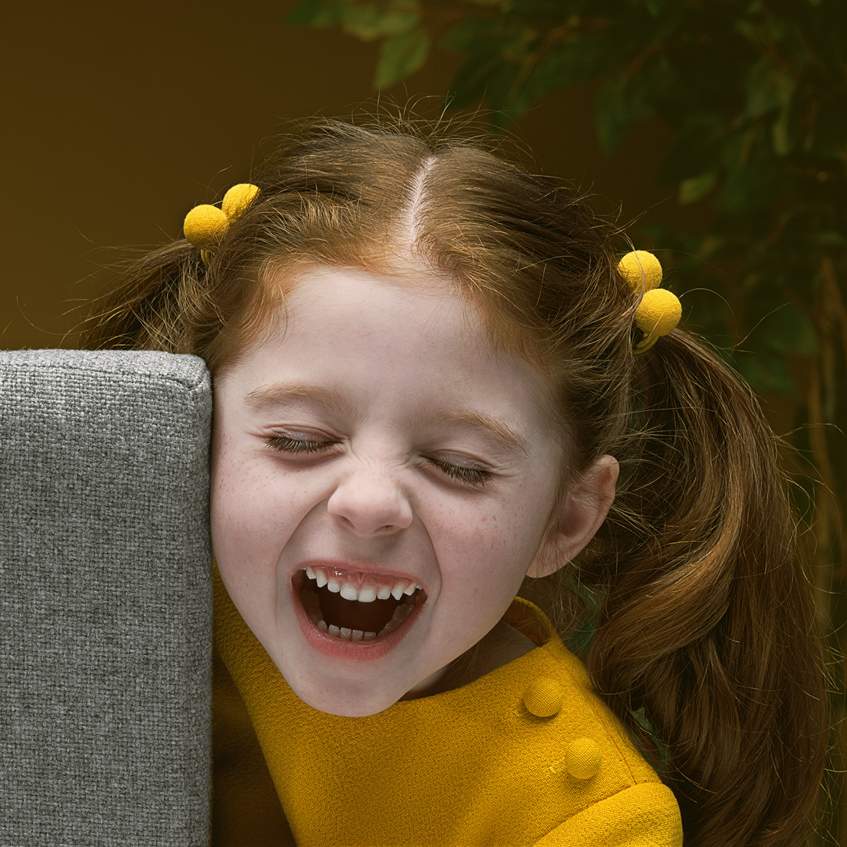
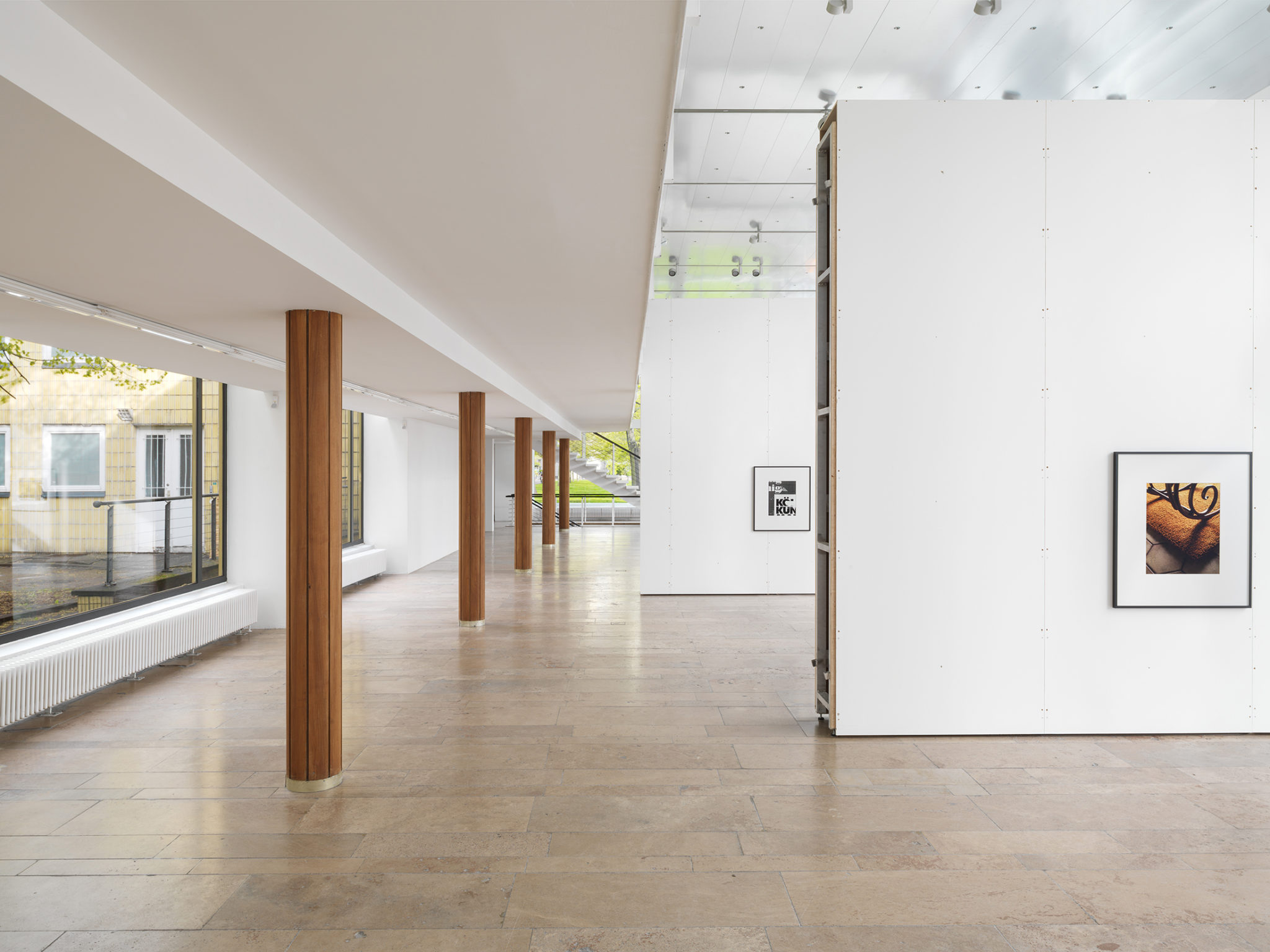
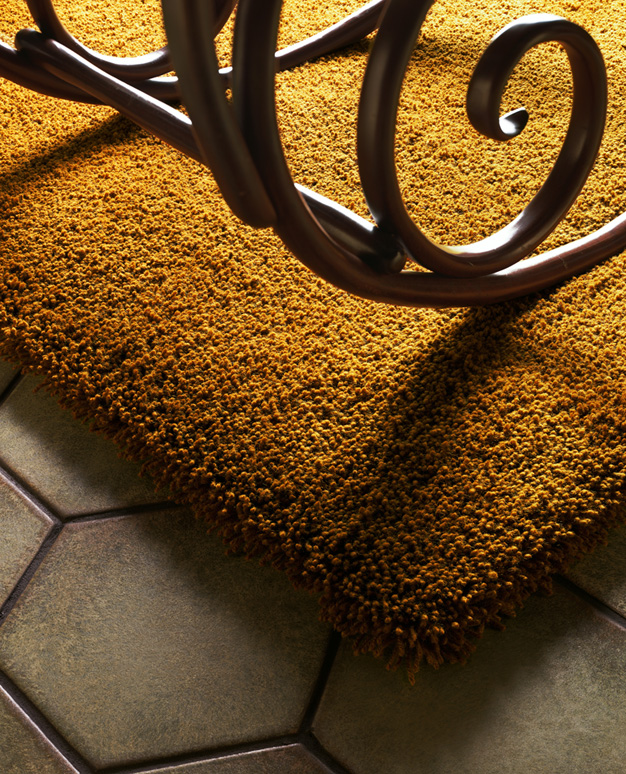
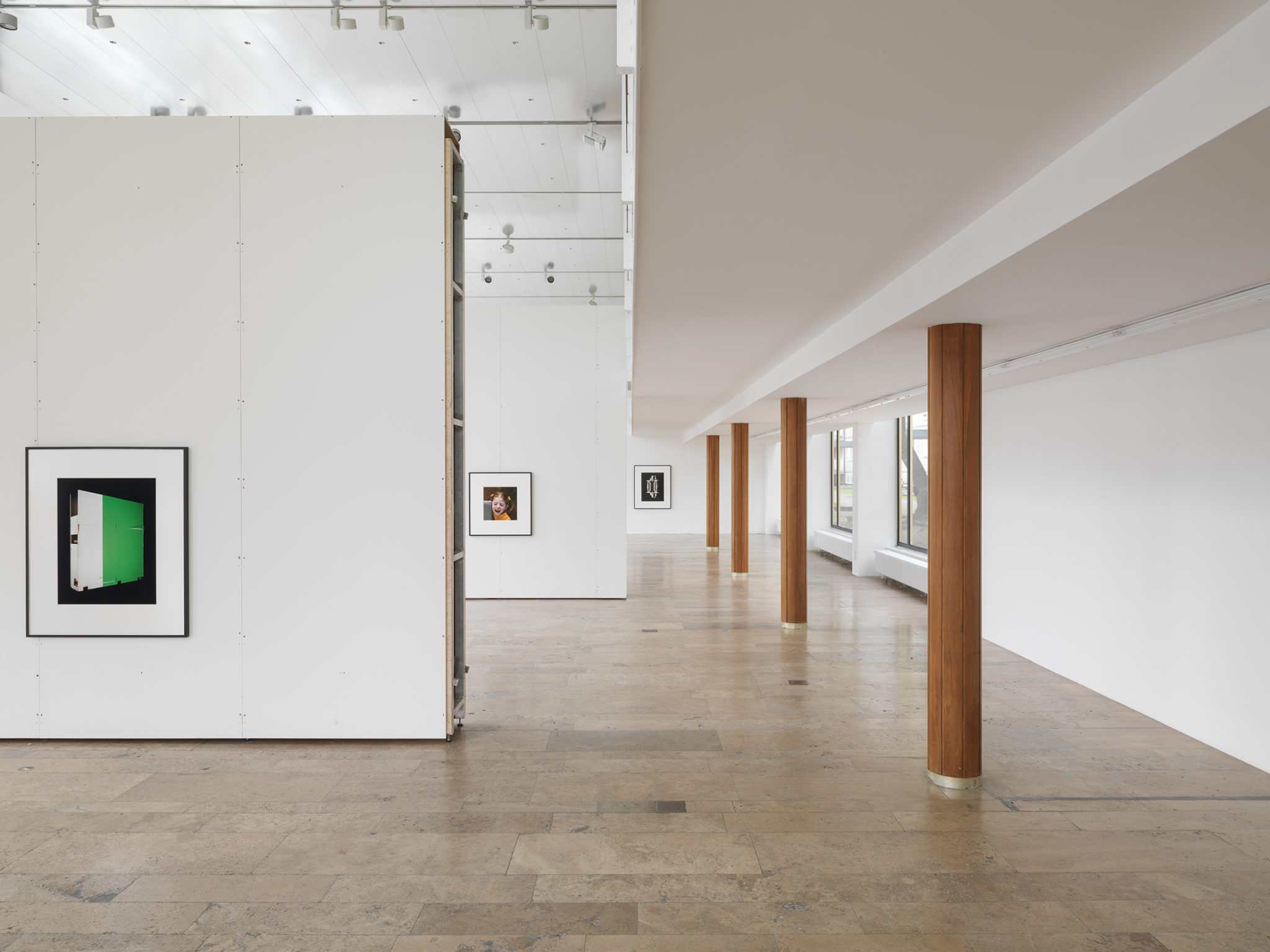
comments are closed !